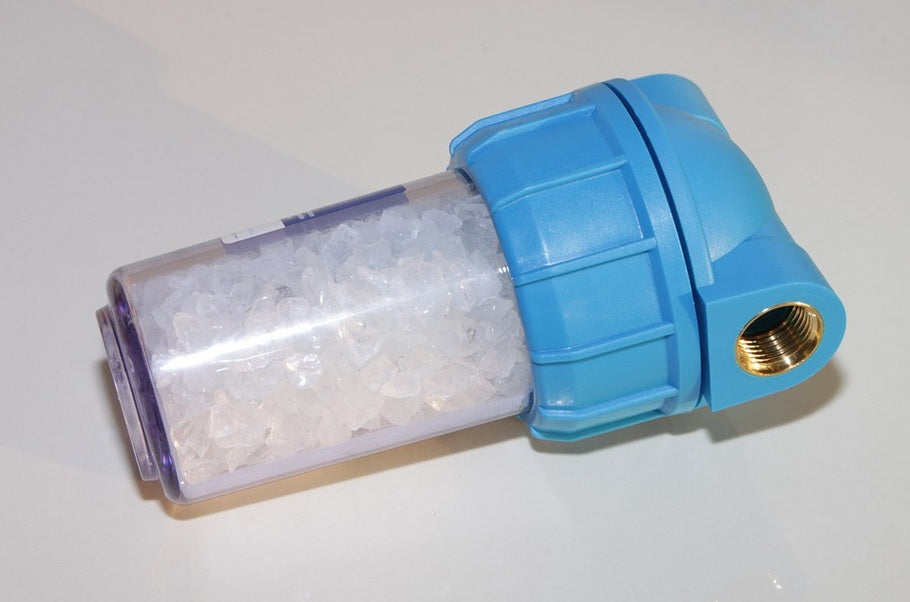While minerals are an important part of your diet to ensure optimal body functions, they can be dangerous when in your water supply. Your body needs a well-balanced diet, including nutrients. That’s why we rely on supplements to stay healthy instead of taking them through our water supply.
People with iron deficiency consume B12 to regulate anemia and other related diseases. However, it is a known fact that our body releases every mineral and chemical through urine that our body doesn’t require. That’s when the water cycle started. Other than that, water can carry numerous other chemicals as well.
Water from your neighborhood and city mixes up and ends up as your drinking water. This may sound like a conspiracy to you, but it isn’t. According to U.S. Environmental Protection Agency, our drinking water contains large amounts of pharmaceuticals, and these levels are higher than ever before. Another research suggested that 41 million Americans get pharmaceutical-laden water in their homes. So, what should we do now?
What Are Pharmaceuticals?
Pharmaceuticals include natural and synthetic chemicals found in non-prescription and prescription drugs. For instance, non-steroidal anti-inflammatory drugs, hormone supplements, and heart medications include these chemicals. Pharmaceuticals are now becoming a huge concern as they end up in drinking water and cause harm to the body. Many researchers are conducting studies to understand how pharmaceuticals mix in the drinking water and cause health issues.
How do Medications mix with Drinking Water?
Urine is one of the numerous ways in which pharmaceuticals get into the water supply, but there are other scary ways these chemicals end up in the water as well. Let’s start by understanding how drinking water reaches your house.
Local water management authorities pull the water from streams, rivers, and lakes. They disinfect the water using chemicals such as chloramines and chlorines. Then, the water goes through a water filtration system, after which it finally reaches your faucets.
If you think that the water you receive in your home is safe, you are missing out on crucial steps. The current waste water treatment process is a combination of sedimentation, coagulation, and filtration process. This process doesn’t include any mechanism to eliminate pharmaceutical byproducts. Here are some ways in which pharmaceuticals get into the drinking water:
- Illicit drug use
- Human activities (shaving, bathing, swimming)
- Pharmaceutical manufacturing
- Residue from hospitals
- Agribusiness
Federals government is taking some measures to eliminate pharmaceuticals from the water before it reaches households. For instance, the Food and Drug Administration started a program to prevent the flushing of medication through the toilet. But, these measures aren’t enough to eliminate contamination from water.
Complications of Drinking Water with Pharmaceuticals
When you aren’t aware of the contaminants in the water, you cannot eliminate the harmful substances from the water. As a result, you are at risk of developing numerous diseases. There are numerous diseases that people develop due to toxic substances in the water. Among those toxic substances, pharmaceuticals are the most dangerous. Therefore, it is necessary to filter the water from pharmaceuticals before drinking.
Few comprehensive studies and monitoring programs are available that suggest the implications of drinking pharmaceutical water. As a result, it gets difficult for doctors to diagnose patients and identify health risks. Scientists and researchers should conduct more researches to highlight the impacts of drinking water that consist of pharmaceuticals. However, the limited data that we have suggest that humans develop numerous health issues due to pharmaceutical water. The conditions depend on the type and quantity of chemicals present in the water.
Types of Pharmaceuticals in the Water
A reverse osmosis system is the best method to eliminate drugs from the water. But, before installing a system in your home, you need to identify which pharmaceuticals it includes. About 90% of oral drugs are eliminated through urine without affecting the body.
In addition to oral drugs, other pharmaceuticals can be harmful as well. You can install a filtration system at home to protect your family from harmful substances. Numerous technologies are available to treat pharmaceuticals in water. Water quality professionals also found other contaminants in the water, such as pesticides and personal care products. Experts often refer to these chemicals as endocrine-disrupting chemicals. A best home filtering system can remove wide-ranging chemicals and minerals such as lead and mercury from the water.
How Can Water Filtration System Help?
You utilize less than two percent of the water for drinking purposes. Therefore, installing a water filtering system at home eliminates the risks of consuming harmful substances with water. These systems are cost-effective and environmentally friendly. A home filtering system is the best option to remove contaminants. These systems come in different sizes, shapes, and features. Therefore, you should evaluate the options before purchasing. There are some options that use carbon-activation technology, while others use nano-filtration.
You can double up the filtration process by adding reverse osmosis along with a whole-home filtration system. Experts proved Reverse Osmosis technology as one of the best technology for removing numerous contaminants.
The reverse osmosis water filtration system comprises four filtration processes. These are a post-carbon filter, reverse osmosis membrane, pre-carbon block, and a sediment filter. The sediment filter eliminates large particles, including rust, sand, and dust. This process prevents other filters from getting clogged. The pre-carbon filter prevents tiny particles from passing through. Furthermore, it uses positive charge ions to eliminate chemicals such as chloramines and chlorine. The reverse osmosis membrane blocks molecules heavier than water, including dissolved minerals, high levels of lead, sodium, and fluoride. In the end, the post-carbon filter polishes the drinking water.
Conclusion
Unlike carbon filtration, reverse osmosis eliminates up to 99.9% of sediments, pharmaceuticals, and contaminants. This filtering system removes as small as .001 micron particles. If you want to safeguard your home from pharmaceuticals, you should install a reverse osmosis filtration system right away. But, before installing the system, contact the local public utilities and ask them to check contaminants in the water.






